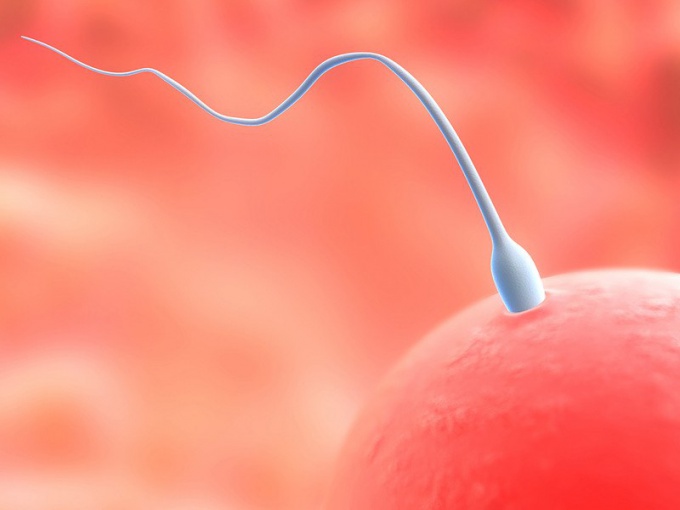Instruction
1
Determine the length of your menstrual cycle. To do this, count the number of days elapsed from the first day of the penultimate month before the start of the last. If you keep a calendar of critical days and know the dates of several periods, calculate the length of these cycles and find their average duration. This figure will be more accurate.
2
Calculate the onset of ovulation. It usually occurs in the middle of the menstrual cycle. So, if the critical days repeated every 28 days, ovulation will most likely occur on the 14th. This day is conception. Remember that normal ovulation may occur 3 days before or after the due date.
3
Remember when you had sexual intercourse as close as possible in time to the calculated date of ovulation. Because the sperm live on average 3 days, fertilization can occur a few days after intimacy. Traditionally fertile is the week from 11 th to 17-th day of the menstrual cycle. These days the probability of conception is maximal. But there are exceptions. A feature of the body some women can be ovulating taking place, not in the middle of the cycle. Also, the fertile period can move over time due to hormonal drugs, climate change, stress, physical exhaustion.
4
Consult a doctor or do an ultrasound. Experienced doctor during the examination to accurately determine the weeks of pregnancy. Ultrasound screening can also show you what date corresponds to the development of a fetus. Based on these data and comparing them with the dates of sexual intercourse and suspected ovulation, you with maximum precision, determine the date of conception.
Useful advice
Gynecological pregnancy is counted from the first day of the last menstrual period. So ask your doctor to tell you how much, in his opinion, it took weeks from the time of conception. Usually the dates are different for 2 weeks.
